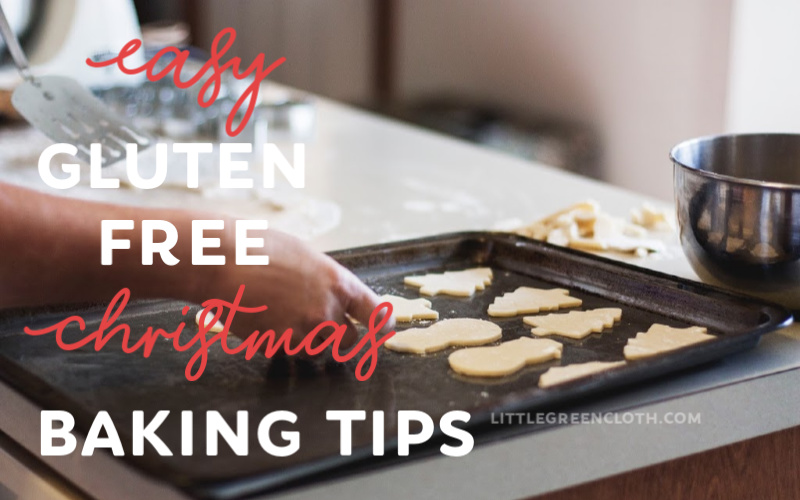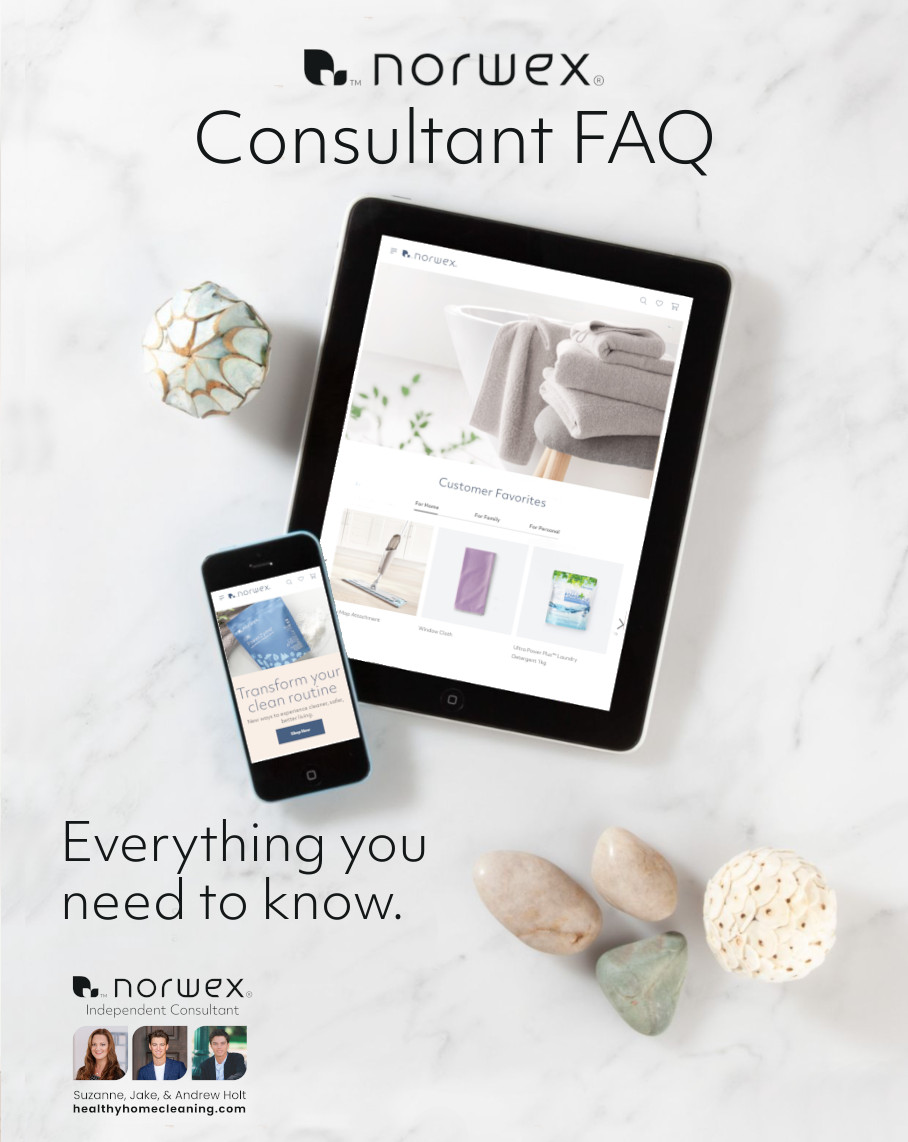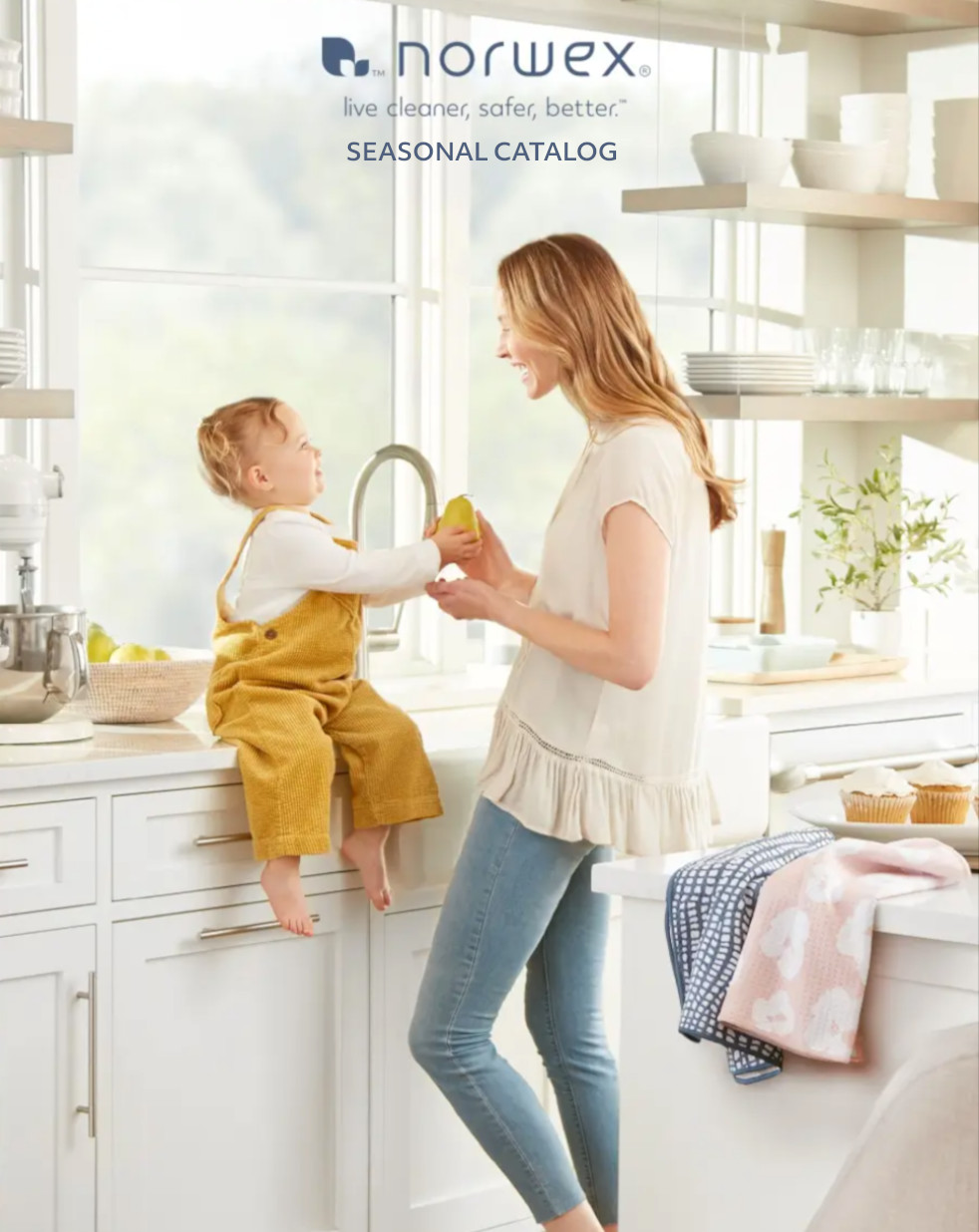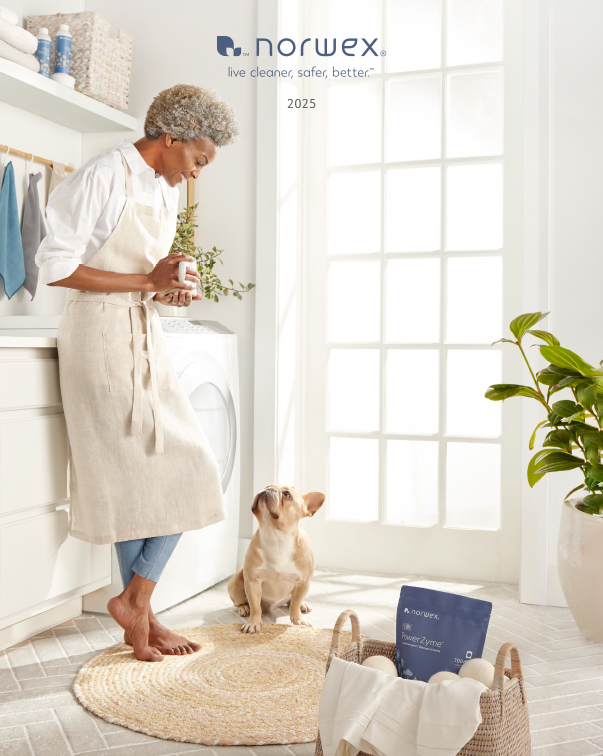Finding recipes that are gluten free is no longer a difficult task. Yet while managing to cook gluten free is fairly easy, baking is a whole other subject. For those who have a serious gluten allergy, such as Celiac Disease, a misstep in baking would cause them a world of hurt. Someone in our family has this condition, and I have had to learn to make desserts differently. While you could just choose to buy your sweets from a certified gluten free bakery, that can get rather expensive. There is also just something different about how my family reacts to homemade cookies fresh from the oven. By following the tips below and finding some good recipes online ( many of my Pinterest boards feature some great suggestions!), you can learn how to bake gluten free in your own kitchen.
1) Avoid Cross-contamination
If you have a home that is 100% gluten free, this isn’t really an issue. If you have some in your family who eat gluten and some who cannot, you really need to be careful about cross contamination. One choice that we’ve made is that we don’t have loose flour in our home. Any treats that need flour need to be 100% gluten free. We just weren’t comfortable with the flour floating around in the air and not knowing what it may settle on. We also are very careful to use dedicated gluten free utensils, bowls, pans etc. for either gluten / gluten free. It sounds funny, but we actually take a permanent marker and put stripes on the handle of any utensil that has never touched gluten. Those are the only items I use when baking gluten free. We also make sure that we never ever use a wooden spoon, cutting board etc. when cooking for my gluten free family members. It’s almost impossible to get gluten residue out of wood if it has ever been used in a recipe containing gluten.
It’s important to be careful about ingredients around the house that may be used by your gluten and gluten free family members. Peanut butter is probably the worst culprit in our house. If you plan on using peanut butter for both gluten free baking and to make pb & j sandwiches for your kids, you need two separate jars and you would want to mark them to make sure everyone knows which one is which.
2) Clean your utensils well or make sure to use dedicated utensils like I mentioned above.
Depending on the severity of gluten intolerance to gluten allergy in your home, you may be able to clean some utensils well in-between gluten and gluten free cooking. Like I mentioned above, we prefer to have designated items just for gluten / gluten free. It’s a little funny, but we actually keep our “gluten pans” (as we call them) in the basement. If we are going to make something that has gluten in it, we get those pans, use them, and then they immediately get banished back to the basement. This helps out in case a babysitter or guest in our home would inadvertently grab a “gluten pan” and cook gluten free food in it.
3) Surprising items that contain gluten.
We were blown away when we first had to remove gluten from our home. I was astonished at crazy things like flavored water, toothpaste, shampoo and envelope glue that had gluten in. We’re talking about baking though, so let’s focus on some surprising things there. Baking spray – did you know that many of these sprays contain traces of gluten? Having a delicious gluten free cookie dough nestled on sprayed baking sheets just negated all of your hard work. I now only buy gluten free baking spray or use a mister with some olive oil instead.
What else is often missing on those lists? Vanilla. Since this widely used flavoring is made from alcohol, this often creates a problem. Guess what ingredient is often found in alcohol? Wheat. It may be simpler to make your own vanilla. For a recipe to make your own vanilla, please visit my Frugal Fun Pinterest board. By the way, while most spices are okay unless you cross-contaminate, other flavorings can also be problematic too. Do some research in advance
4) Make your list and check it twice. If an item says “gluten free” on the packaging, you should be safe. Not all gluten free items are labeled as such. Thankfully many grocery stores will provide lists of items that they carry that are gluten free. A smart phone can definitely come in handy for instantaneous research.
Many grocery stores now include health sections featuring gluten free products. If you have ever shopped in that area, you have probably noticed that these products do tend to be more expensive. Learn to stock up on these ingredients when the prices are a bit cheaper. We’re lucky to even have a grocery store in Minnesota that is 100% gluten free; amazing!!
Another label that you need to look for … “this product was made in a place where nuts, soy, dairy, gluten, etc. products are also produced.” If you only have a gluten sensitivity to worry about, this phrase should not scare you. For us, this label means that we put the item back on the shelf and keep looking. We can’t afford even trace amounts of contamination.
One last note – people often assume that because an item is “gluten free” that it is also “healthy.” Occasionally that can be true, but calories and fat are still calories and fat. Switching from regular cookies to gluten free won’t help with anything other than the gluten allergy. 🙂
I hope you have a fabulous holiday season and that your family is able to enjoy a few treats whether you eat gluten or gluten free. Let me know if you have any questions about easy holiday baking. If you’re fine starting from a mix, we’ve got a pretty good handle on which ones are good and which aren’t worth the money.
Happy Holidays!
~ Suzanne






My brother and his wife are coming to us for New Year’s and his wife has a severe gluten allergy. I had no idea about wooden kitchen utensils or baking spray. I’m so happy I found this, I thought it was just a question of buying some gluten free items – obviously not!